Inner Harbor 2.0:
DRAFT Inner Harbor Master Plan to be Released This Week
Inner Harbor 2.0’s vision is to create and re-create quality open
spaces, parks, playgrounds, interactive water features and artwork that will
spark the imagination and respond to our changing values and needs. The plan also proposes to add
landscaping and shade areas, plus new opportunities for enjoying the area by
bike and over the water.
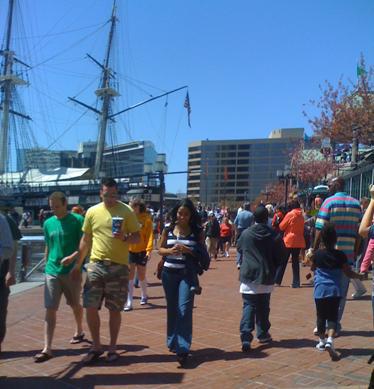
Principles Guiding the Plan:
-
Be authentic to Baltimore and Maryland,
-
Respect the history of and pride for the Inner
Harbor,
-
Recognize connections to the Chesapeake Bay and
the importance of clean water,
-
Build on the strength of the National Aquarium
and Maryland Science Center,
-
Create new free amenities and attractions, and
-
Anticipate the impacts of climate change.
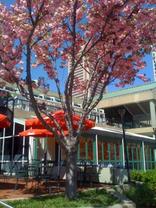
Since the grand opening of Harbor Place in 1980, Baltimore’s
Inner Harbor has provided entertainment, education, and enjoyment for people of all ages. Over forty years
later, its time to invest in our Harbor’s future.
Since Baltimore’s harbor was first redeveloped, the City has seen
an incredible amount of growth and change, including new office buildings, new
hotels, new residential units and residential rehabilitation in waterfront
neighborhoods all along the public waterfront promenade from Canton to Locust
Point.
Most recently, Harbor East
has grown into a very successful mixed-use neighborhood where a diverse array
of people can live, work and play.
|

That is why it has become so important to reinvest in our Inner Harbor’s future - to
take advantage of the growth it has enabled, and to ensure that we are prepared to
continue to meet the needs of existing residents of a growing waterfront city, while also attracting new residents,
businesses and tourists for another forty years, and more.
|
We’re listening… Citizen Survey
Results
As part of Inner Harbor 2.0, the Department of Planning
collaborated with the Waterfront Partnership to conduct an online survey that
collected responses from over 650 interested Baltimore citizens. The following reflects citizen feedback
about what people like, and would like to change about the Inner Harbor.
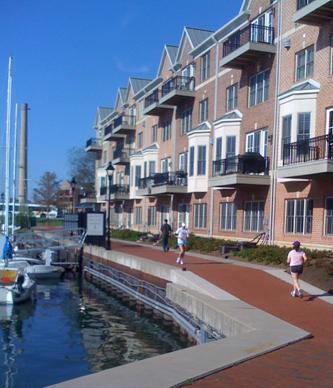
When asked, “What do you like most about the Inner Harbor?” the
most frequent responses were:
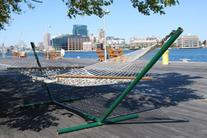
-
Walkability,
-
Access to the waterfront and views of the
Harbor,
-
Diversity of people,
-
The Promenade,
-
People watching, and
-
Outdoor activities.
|
When asked, “If you could change ONE thing about the Inner
Harbor, what would you do?” the most frequent answers were:
- Clean up the water,
- Add green space, shade trees and
parks,
- Increase locally owned shops and
restaurants,
- Protect and enhance views, and
- Improve and update Harbor Place.
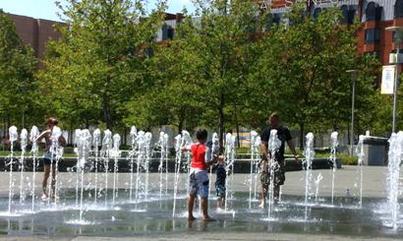
When asked, “What types of shops restaurants or attractions
would you like to see MORE of in the Inner Harbor?” the most frequent responses
were:
-
More casual and inexpensive restaurant options,
-
Locally owned shops,
-
Parks and open space with activities,
-
A farmers market,
-
Specialty shops and cafes, and
- Breakfast and coffee spots.
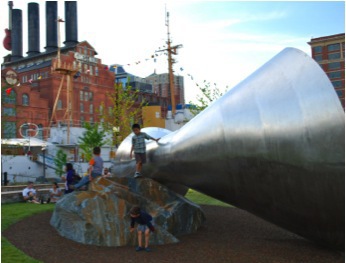 Creating a Healthy Harbor
The success of Baltimore and its Inner Harbor depends upon a healthy environment and clean water. Inner Harbor 2.0 is tied closely to the Healthy Harbor Initiative that aims to make the Harbor "fishable and swimmable" by 2020.
To accomplish that goal, a variety of "living laboratory" projects are being implemented throughout the harbor, including floating wetlands, rain gardens, bio-retention of stormwater, and oyster restoration. New projects that could contribute to the health of the harbor are being integrated into Inner Harbor 2.0.
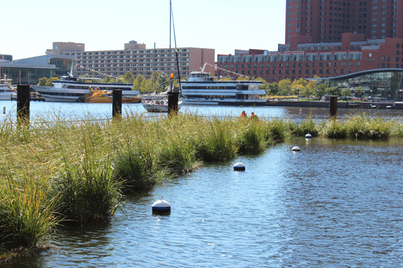 Linking to Climate Action Planning and Critical Area Program
Rising tides and flooding are already starting to impact Baltimore and could cause additional damage to the promenade and its wooden piers. The impacts are most visible at the public amphitheater between the two Harbor Place Pavilions, the lowest point in the Inner Harbor.
High tides that rise above the promenade cause a hazard and disrupt activities in the area, including water taxi loading. Inner Harbor 2.0 proposes to raise the grade of the amphitheater at the waters' edge to help prevent future flooding. This will have the added benefit of meeting ADA standards to create a more accessible experience for everyone.
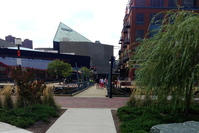 For more information please visit the Waterfront Partnership's Inner Harbor 2.0 website, where the draft plan will be posted following the official release on November 13th.
Inner Harbor 2.0 will also be available on the Planning Department website, here.
|
|